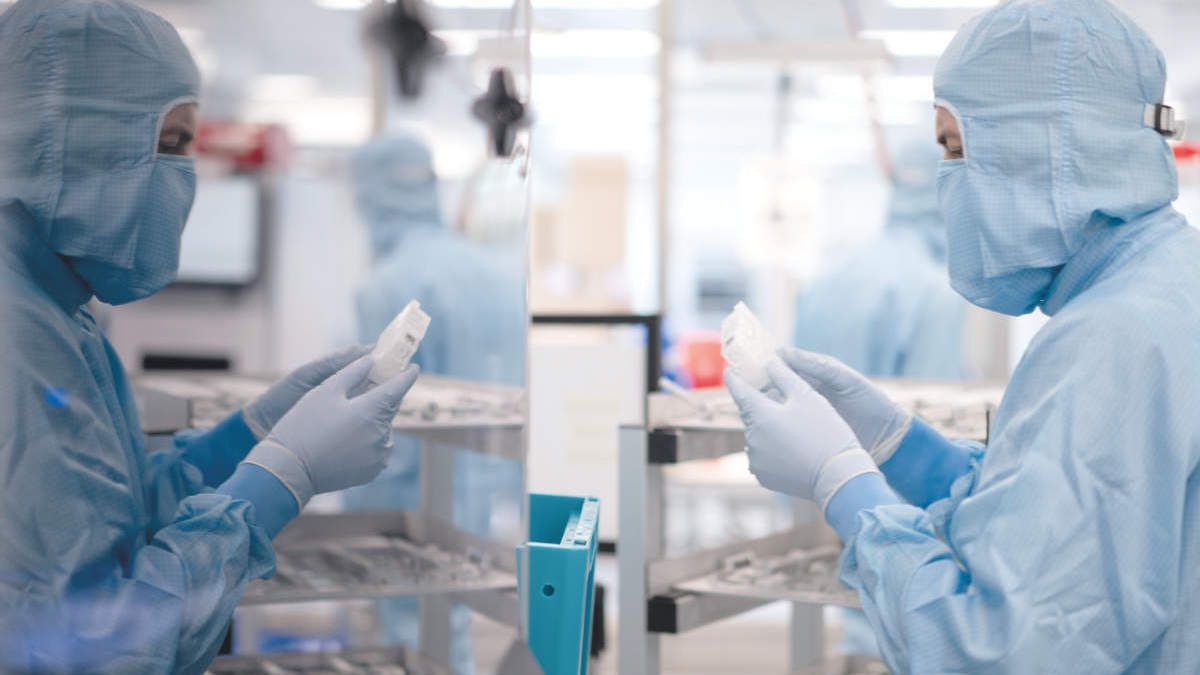What it means to provide a fast diagnosis
The ability to quickly distinguish between viruses and other pathogens can greatly improve patient outcomes.
If the infection is viral, no specific treatment is required most of time, says Maluf. On the other hand, a bacterial infection usually requires antimicrobial therapy, she adds.
To identify non-viral infections, laboratories without access to molecular diagnostic testing must rely on assays that require growing microbes from a fluid or tissue sample. But some bacteria and fungi are notoriously difficult to culture, while others can’t be cultured in the lab at all. Moreover, results usually take several days to arrive.
For the patient with Legionella pneumophilia, “the panel was essential for diagnosis because the cultures were negative,” says Maluf. In fact, the hospital lab discontinued their Legionella culture kit. “It was rarely requested, required a specific culture medium and had low sensitivity.”
The syndromic QIAstat-Dx Respiratory SARS-CoV-2 Panel detects four subtypes of influenza A, influenza B, four coronavirus subtypes and nine other common respiratory viruses. In addition, it detects Mycoplasma, Bordetella, Chlamydophila and Legionella bacteria too, all of which cause similar symptoms. Results take less than 90 minutes.
“We call it syndromic testing because diseases are grouped by symptoms,” says Martí Juanola, PhD, the QIAGEN Associate Director of Medical Affairs. “The panel is designed to test for more than 20 different pathogens and all of them are potential causes of respiratory disease.”



